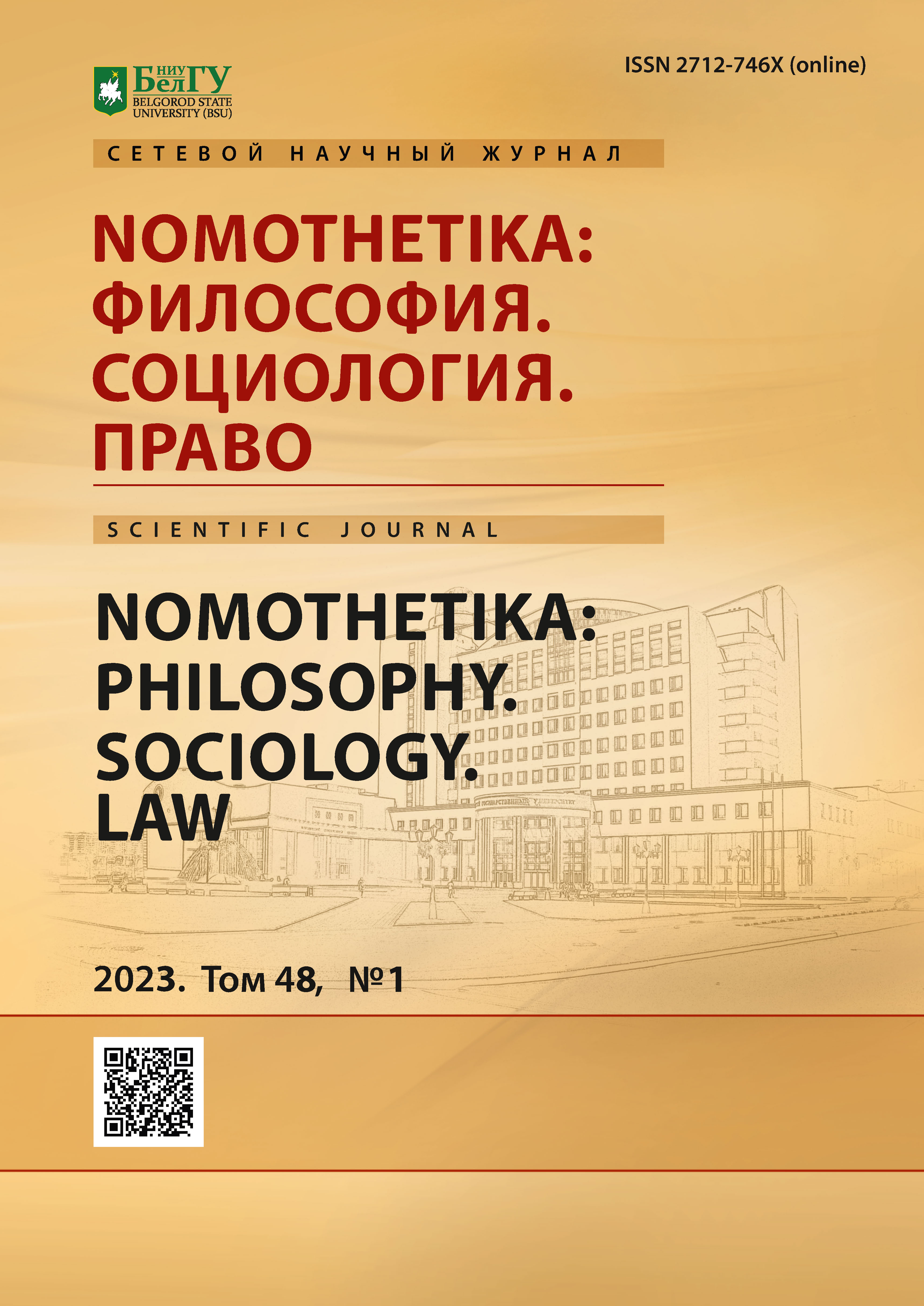Chinese Akkordeone Art: National Character and Spiritual Priorities
DOI:
https://doi.org/10.52575/2712-746X-2023-48-1-188-194Keywords:
Chinese accordion art, repertoire, music education, performance, Chinese composing, parenting paradigm, national priorities, musical integration, borders, cultural policy, integration, contradictionAbstract
With a relatively low historical and repertory "genetic threshold" (the 50s of the twentieth century), dating back to the military-civil history, the young Chinese accordion-performing art is characterized by its qualitative specificity, presented in unique sound image forms. Chinese composing, with different content bases, carries the originality of the creative method, the individuality of the handwriting, special principles of working with treatments and arrangements of works (from vocal, instrumental to orchestral and stage). At the same time, we identify problem areas in this subject field. Chinese composing, based on the basic principles of the theory of Chinese art, is closely related to the aesthetic preferences and national moods of the Chinese person. Accordion art in its entirety reflects the national character and spiritual priorities of the people. In many ways, this explains, in our opinion, the fact of the sudden, rapid entry of accordion art into the musical life of the country and its current popularization in culture. On the other hand, this process is not without contradiction, partly related to the course of modern cultural policy of the People's Republic of China. He produces problem areas in Chinese musical culture, which strives both for musical integration and for a certain preservation of its own stylistic, repertoire, and sound specifics. We are trying to reflect on this problem field in the article.
Downloads
References
Бениумов М. 2014. Концепция музыкального перфоманса. Журнал Сибирского Федерального университета. Социально-гуманитарные науки, 3: 467-469.
Ван Дэцун. 2014. К истории развития аккордеонного репертуара в Китае (1949–1966). Актуальные проблемы высшего музыкального образования, 3(33). URL: https://rucont.ru/efd/278941 (дата обращения: 08.02.2022).
Ван Дэцун, 2015. Новые перспективы китайской аккордеонной педагогики в XXI веке. Музыкальное образование и наука, 2(3): 46-50.
Ван Дэцун. 2015. Пути развития аккордеонного репертуара в последней четверти XX в. Вестник Кемеровского университета культуры и искусств, 3 (32): 163-169.
Ван Дэцун. 2015. Развитие жанра переложения для аккордеона в Китае периода Культурной революции. Исторические, философские, политические и юридические науки, культурология и искусствоведение. Вопросы теории и практики, 4 (54): 41-43.
Ван Дэцун. 2016. Обработки и переложения для аккордеона на основе вокального оригинала в творчестве китайских композиторов. Музыкальное образование и наука,1 (4): 27–32.
Ван Дэцун. 2016. Творчество китайских композиторов в контексте становления национального аккрдеонного искусства. Специальность 17.00.02. Музыкальное искусство Автореферат дис. канд. искусствовед. Нижний Новгород. 26 с.
Дуин, Калинина Г.Н. 2019. Концептуализация музыки Баха в интерпретации современных китайских исполнителей (философско-критическая рефлексия. Гуманитарные ведомости ТГПУ им. Л.Н. Толстого, 4(32): 5-13.
Насу. 2019. Национально-культурные особенности монгольской народной музыки и ее гуманистический потенциал. Датский научный журнал, 28: 55-57.
Abstract views: 148
Share
Published
How to Cite
Issue
Section
Copyright (c) 2023 NOMOTHETIKA: Philosophy. Sociology. Law

This work is licensed under a Creative Commons Attribution 4.0 International License.


